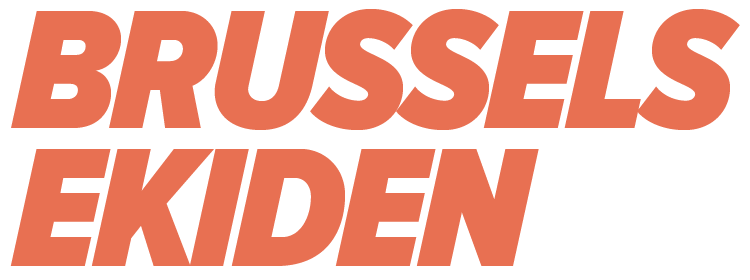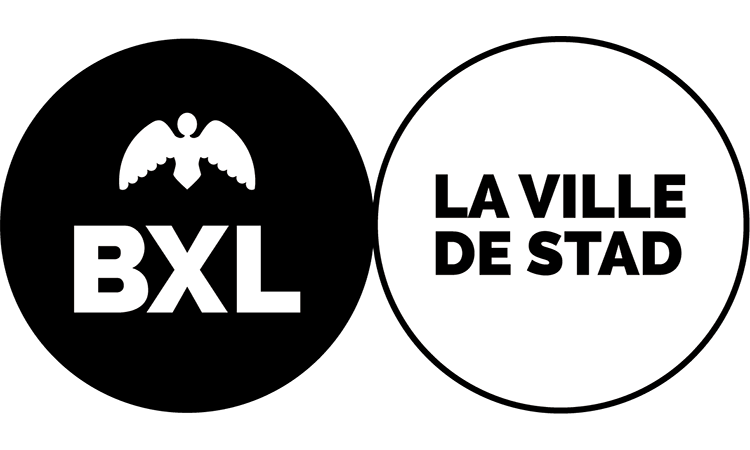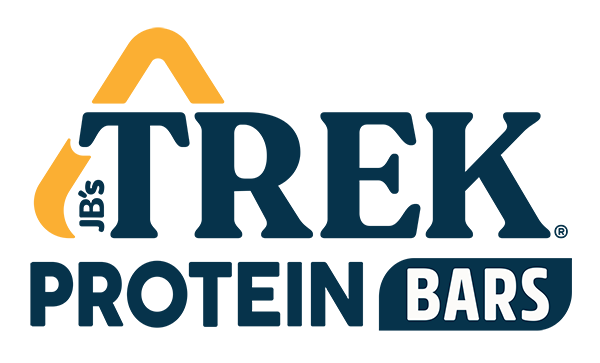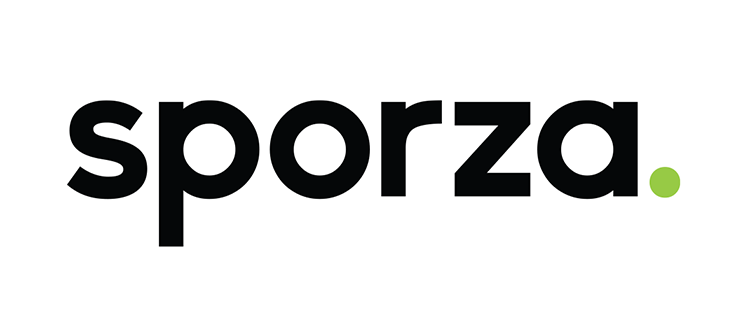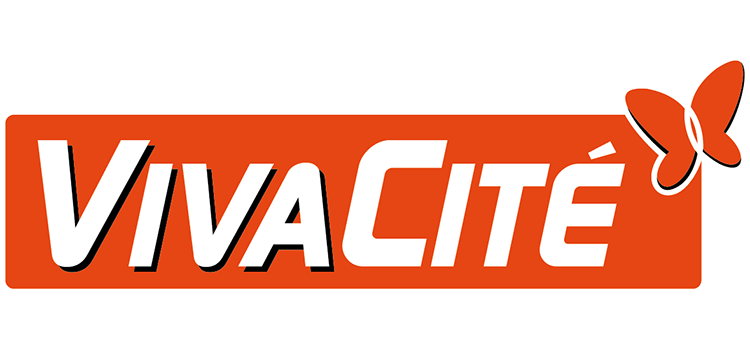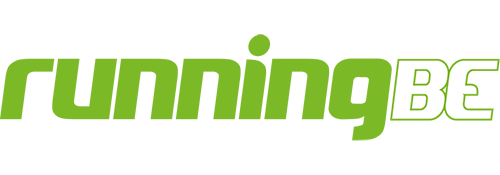FAQ
The pack, which can be collected by the team captain on 18 October, includes all the necessary items to compete in the Ekiden: envelopes with six starting numbers, a tasuki (relay cord), an info letter, change form and the rulebook with a complete course map.
Starter packs for every individual runner will contain a race number, safety pins and an info letter.
Make sure to register your team online before the deadline on 7 October. On Saturday 18 October, the team captain can collect the starter pack on site. This pack will also include a change form. This form will also be available on our website a week before the event. Complete the form and write down any changes to the running order or line-up. With the completed form, head to the “change desk” before 12:00 in the Hall of Honour of the King Baudouin Stadium. Don’t forget to also change the race number of the runners affected by the changes to ensure every runner has the correct number.
Unfortunately it is not possible to sign up for the Brussels Ekiden on the day.
The relay takes place when an arriving runner hands the tasuki (relay cord) to his team’s next runner. This relay has to take place within the team’s designated relay zone.
The running track of the Kind Baudouin Stadium will be split into relay zones for 20 teams each. All your team’s relays will be done in your designated zone. That way you know where to be as a team and your runners won’t have to move between zones. A sign will be placed at each zone, indicating which 20 teams will use it, ordered per number.
No, that’s not allowed. Click HERE to view the rulebook of the Brussels Ekiden.
No, that’s not allowed. Click HERE to view the rulebook of the Brussels Ekiden.
All participants are allowed to use the free storage room, located in the Hall of Honour of the stadium.
Supporters can cheer on their favourite team from the grandstands of the King Baudouin Stadium, by accessing grandstand 4. It is not possible to reserve seats in the stands.
No, only the runners next in line are allowed in the relay zones of their respective teams. Every zone serves 20 teams, the names of which are clearly stated on a sign at each zone.
